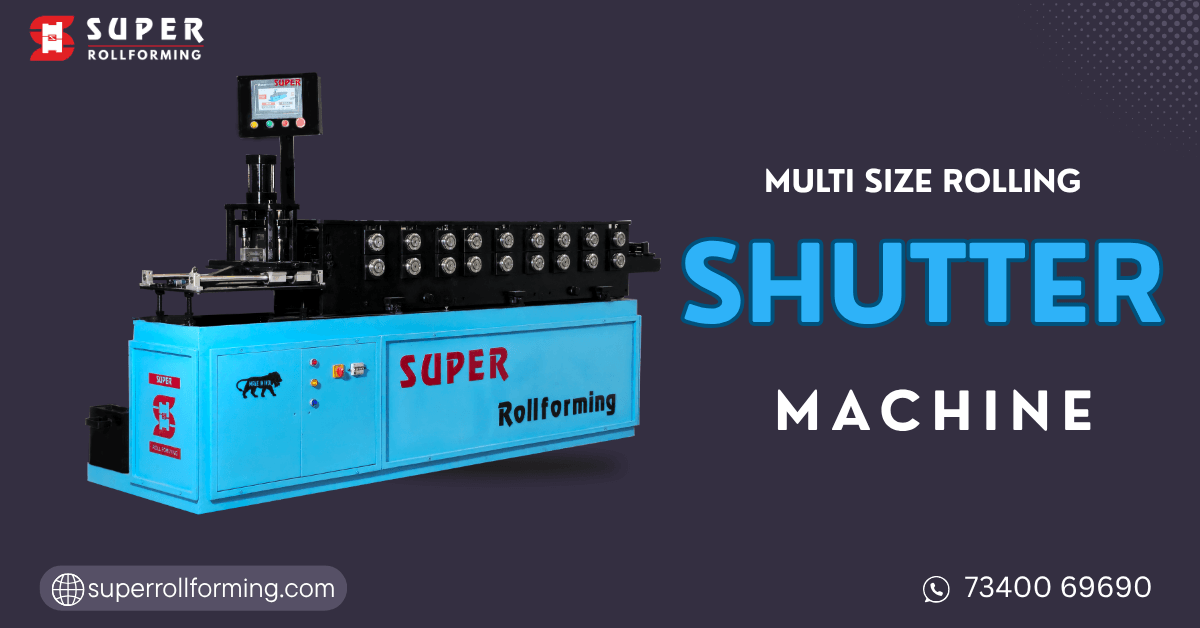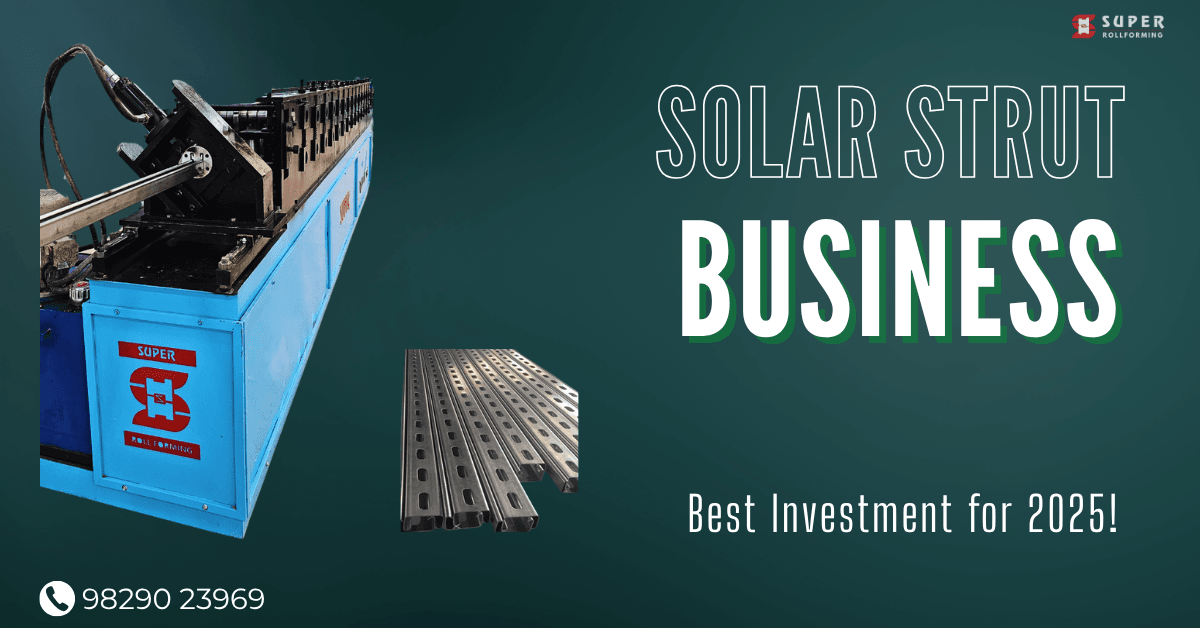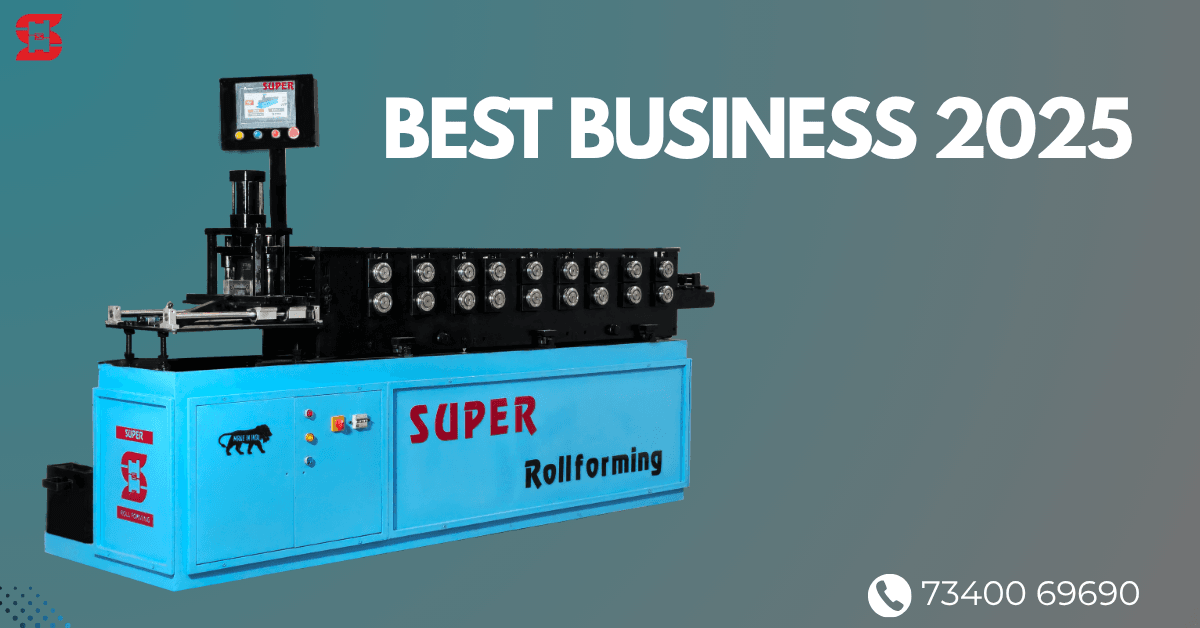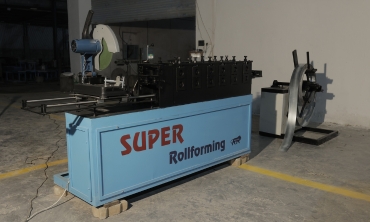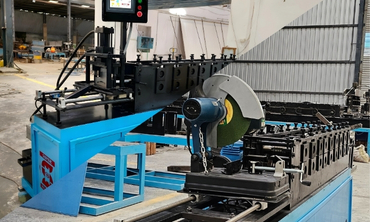The global push towards sustainability and cleaner energy has sparked a revolution in the job market, with a growing demand for green jobs across industries. One of the driving forces behind this transformation is roll forming technology, a key manufacturing process that is supporting the creation of green jobs. From renewable energy infrastructure to electric vehicles, roll forming is providing the foundation for a new wave of sustainable, environmentally-friendly careers.
In this blog, we will explore how roll forming plays a critical role in fostering the green economy and supporting industries that are shaping a more sustainable future.
What Are Green Jobs?
Before diving into the impact of roll forming, it’s essential to understand what green jobs entail. Green jobs are defined as employment opportunities that contribute to preserving or restoring the environment. These roles often focus on reducing carbon emissions, conserving natural resources, and supporting the transition to a more sustainable economy.
Industries at the forefront of green job creation include:
- Renewable Energy (solar, wind, hydro)
- Electric Vehicles (EVs)
- Sustainable Construction
- Energy-efficient Manufacturing
Each of these industries relies heavily on roll forming for the production of critical components that are essential for building green infrastructure.
Roll Forming and the Renewable Energy Sector
One of the most prominent industries benefiting from roll forming is the renewable energy sector. As countries worldwide invest in wind and solar energy, the demand for components like solar panel strut channels, wind turbine supports, and steel framing is increasing.
Roll forming technology excels in producing these components efficiently, reducing waste, and minimizing the carbon footprint of manufacturing processes. By using cold rolled steel, companies can manufacture lighter, stronger, and more durable components that are essential for the long-term success of renewable energy installations.
The renewable energy sector is a significant source of green jobs, and roll forming supports this by supplying the backbone of infrastructure needed to expand solar farms, wind farms, and other clean energy projects.
Roll Forming and Electric Vehicles (EVs)
Another booming industry that relies on roll forming is the electric vehicle (EV) market. With the push towards electrification, there is a growing need for lightweight, high-strength components that improve vehicle efficiency and reduce emissions.
Roll formed parts such as battery enclosures, chassis components, and door frames are vital for EV production. These parts must be strong, yet lightweight, to improve vehicle range and performance. By reducing the overall weight of EVs, roll forming helps cut down energy consumption, directly contributing to the reduction of greenhouse gas emissions.
The EV industry is a major driver of green job creation, and roll forming technology is an integral part of this transformation. As demand for EVs increases, so does the need for skilled labor in the roll forming industry to meet the growing demand for high-quality, sustainable components.
Roll Forming in Sustainable Construction
The construction industry is another key player in the green economy, with a growing focus on sustainable building practices. Roll-formed components such as steel studs, roof panels, and structural supports are used in eco-friendly buildings, which are designed to minimize environmental impact.
Roll forming allows for the production of lightweight, energy-efficient building materials that reduce the carbon footprint of construction projects. These materials are often more durable and require less maintenance, resulting in long-term sustainability benefits.
Moreover, sustainable construction projects often prioritize the use of recyclable materials like steel, which is a core component of roll forming. The ability to recycle steel without losing its properties further supports green job creation by promoting a circular economy within the construction sector.
Reducing Environmental Impact Through Roll Forming
One of the key advantages of roll forming technology is its ability to minimize waste and energy consumption. Unlike other manufacturing processes, roll forming creates precise, high-quality parts with minimal material waste. This efficiency is crucial for industries looking to reduce their environmental impact.
The cold roll forming process uses less energy than traditional hot forming methods, further contributing to a lower carbon footprint. Additionally, the ability to produce long, continuous lengths of material without interruption makes roll forming ideal for large-scale projects that require consistent quality and minimal resource usage.
This efficiency not only benefits the environment but also helps create more jobs in sectors that are committed to sustainable practices.
Conclusion: Roll Forming’s Role in the Green Economy
As the world transitions towards a more sustainable future, the demand for green jobs continues to rise. Roll forming is playing a critical role in supporting industries that are driving this transformation, including renewable energy, electric vehicles, and sustainable construction. By providing energy-efficient manufacturing solutions and reducing environmental impact, roll forming is helping to lay the foundation for a greener economy.
From the production of components for solar panels and wind turbines to lightweight parts for EVs, roll forming is creating opportunities for new, environmentally-friendly careers. As more industries embrace sustainability, the importance of roll forming technology in supporting green jobs will only continue to grow.

